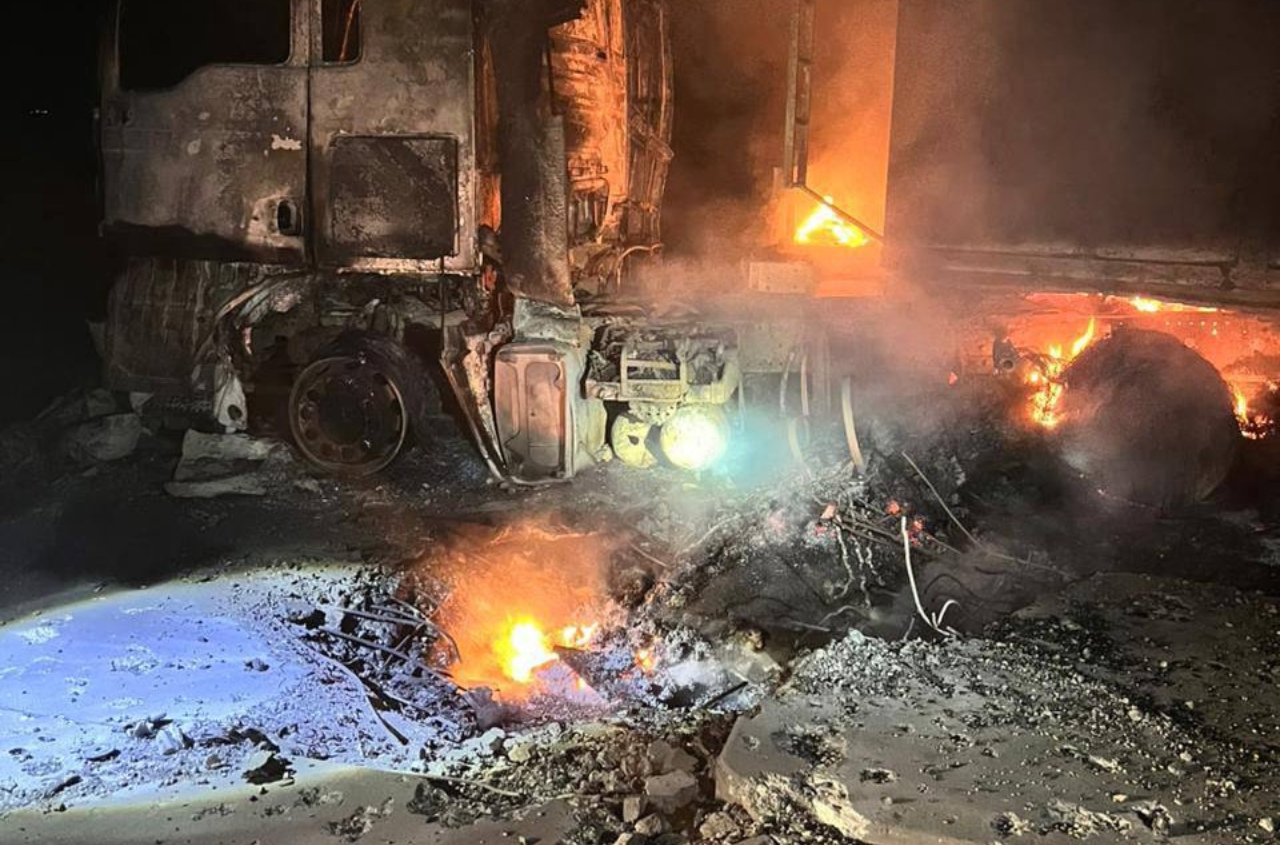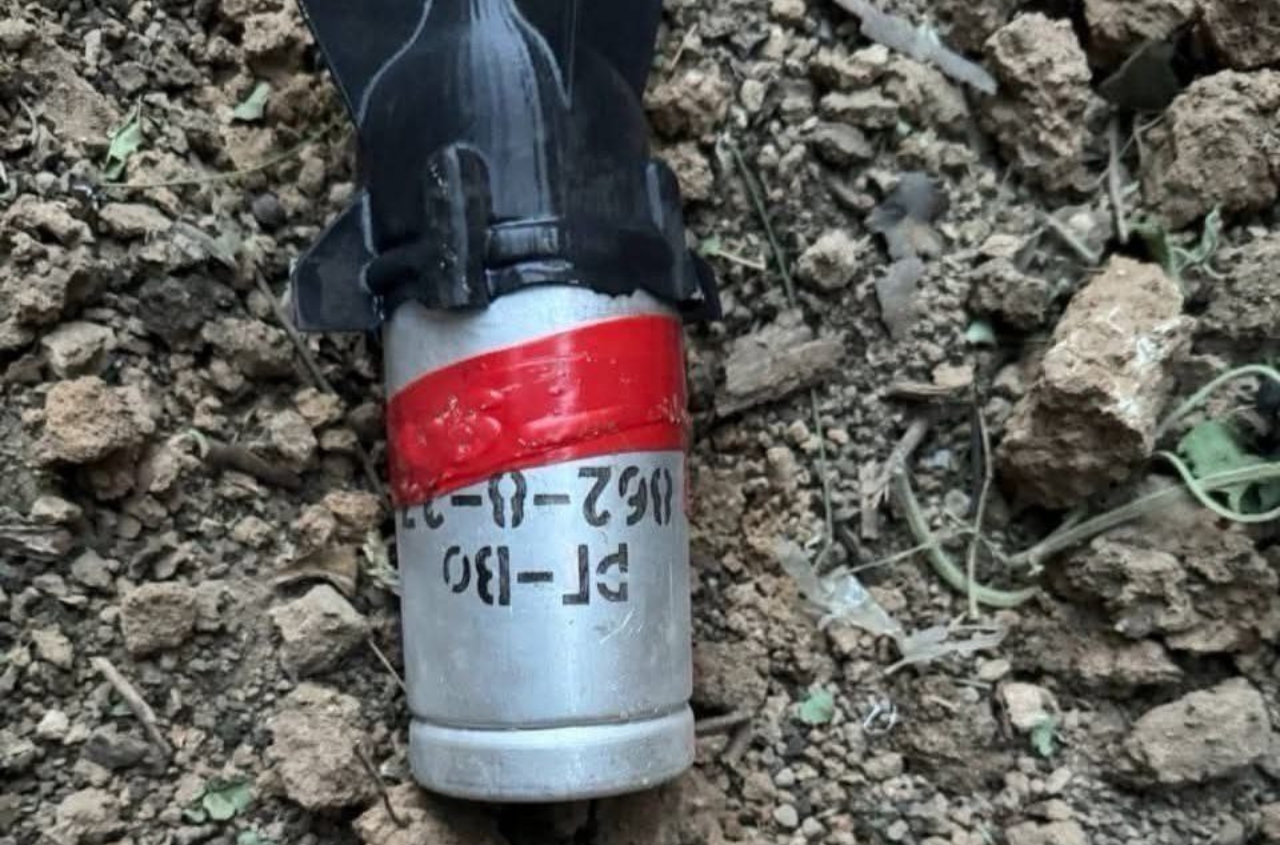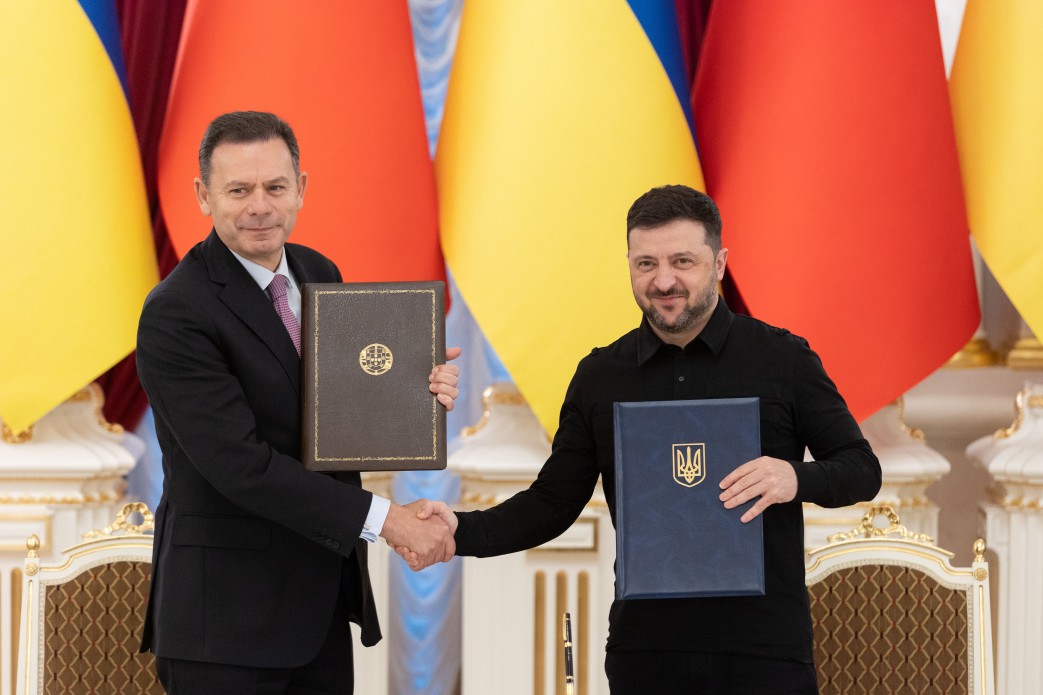The Ukrainian operation in Kursk region and further possible Ukrainian cross-border incursions force a decision point on the Kremlin and the Russian military command about whether to view the thousand-kilometer-long international border with northeastern Ukraine as a legitimate frontline that Russia must defend instead of a dormant area of the theater as they have treated it since Fall 2022. Moscow’s response may require the Russian military command to consider the manpower and materiel requirements for defending the international border as part of its theater-wide campaign design and can therefore impose long-term operational planning constraints that Russia previously did not face.
The Russian military command has essentially treated the international border with northeastern Ukraine as the dormant front of the theater following the Russian withdrawal from Kyiv, Chernihiv, and Sumy regions in Spring 2022 and the Ukrainian liberation of significant territory in Kharkiv region in Fall 2022. Russian and Ukrainian forces have conducted routine sabotage and reconnaissance activities, indirect fire, and cross-border strikes along the border since Fall 2022, but none of this routine activity has appeared to generate wider Russian operational concerns for defending Russian territory in the area. Russia has sought to use the threat of cross-border incursions to draw and fix Ukrainian forces along the border by concentrating rear elements in the border zone, but Ukrainian concentrations in the area do not appear to have generated such responses among Russian forces.
The Russian military activated part of this "dormant frontline" when it launched the offensive operation into northern Kharkiv region in early May 2024 — a Russian effort to extend the frontline further into northeastern Ukraine to draw and fix Ukrainian forces along the border in hopes of weakening the overall Ukrainian frontline in aggregate.
Previous notable incursions into Russia did not change the Kremlin's perception of the international border area, but the Ukrainian operation in Kursk region will force the Kremlin to make a decision. All Russian pro-Ukrainian forces have conducted several cross-border raids into Russia since Fall 2022, but the Kremlin and the Russian military command resisted calls for redeploying forces to protect the border at that time.
Russian President Vladimir Putin assessed at that time that those limited raids posed no medium- to long-term threat to Russian territory and that redeployments to the international border would be a less effective allocation of resources that could otherwise support large-scale defensive and offensive operations in Ukraine.
The current Ukrainian incursion, however, poses significant threats to Russian military operations in Ukraine and Putin's regime stability and demands a response
The Ukrainian operation in Kursk region will likely expand the Kremlin's consideration for what type of Ukrainian operations are possible along the border. Russia's prolonged treatment of the international border area as a dormant frontline is a strategic failure of imagination.
Russia's treatment of the international border area as a dormant front has given Russia more flexibility to accumulate and commit manpower and material to military operations in Ukraine. Russia has spent considerable resources to build fortifications along the international border area but has not allocated the manpower and materiel to significantly man and defend those fortifications.
Sparsely manned and equipped border fortifications proved insufficient at preventing Ukrainian gains at the outset of the Ukrainian incursion into Kursk region, and the Russian military command will likely conclude that further manpower and equipment commitments to the international border will be required to effectively leverage fortified positions to prevent possible future Ukrainian cross-border incursions and deter larger Ukrainian incursion efforts in the long-term.
This conclusion will narrow the flexibility Russia has enjoyed in committing manpower and materiel to its ongoing offensive efforts in Ukraine, and the Russian military command will have to consider the requirements for border defense when determining what resources it can allocate to future large-scale offensive and defensive efforts in Ukraine.




















